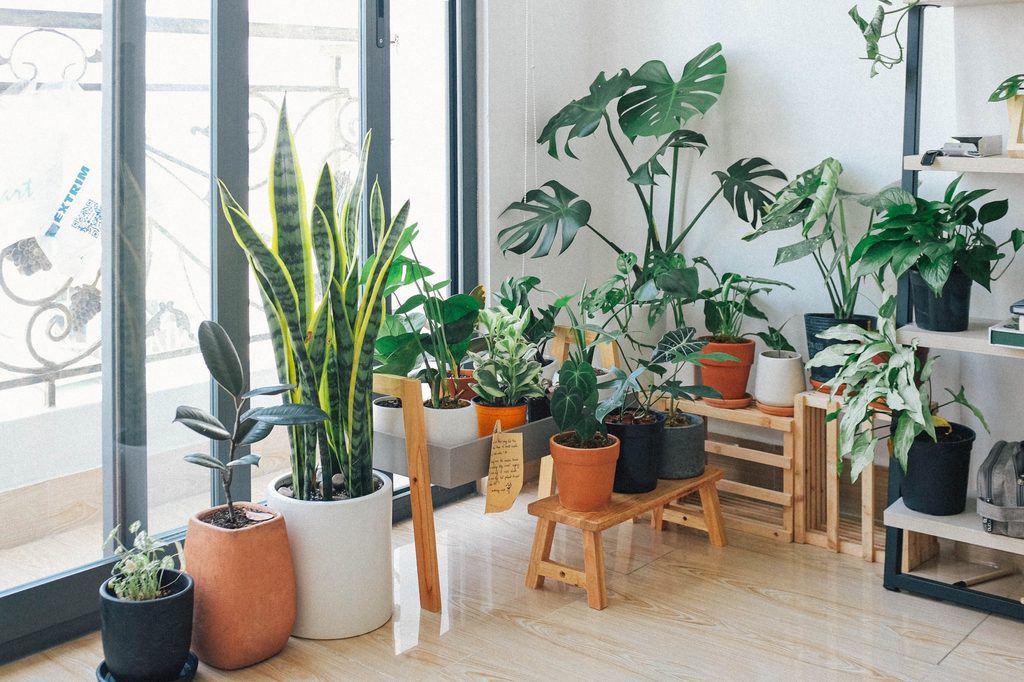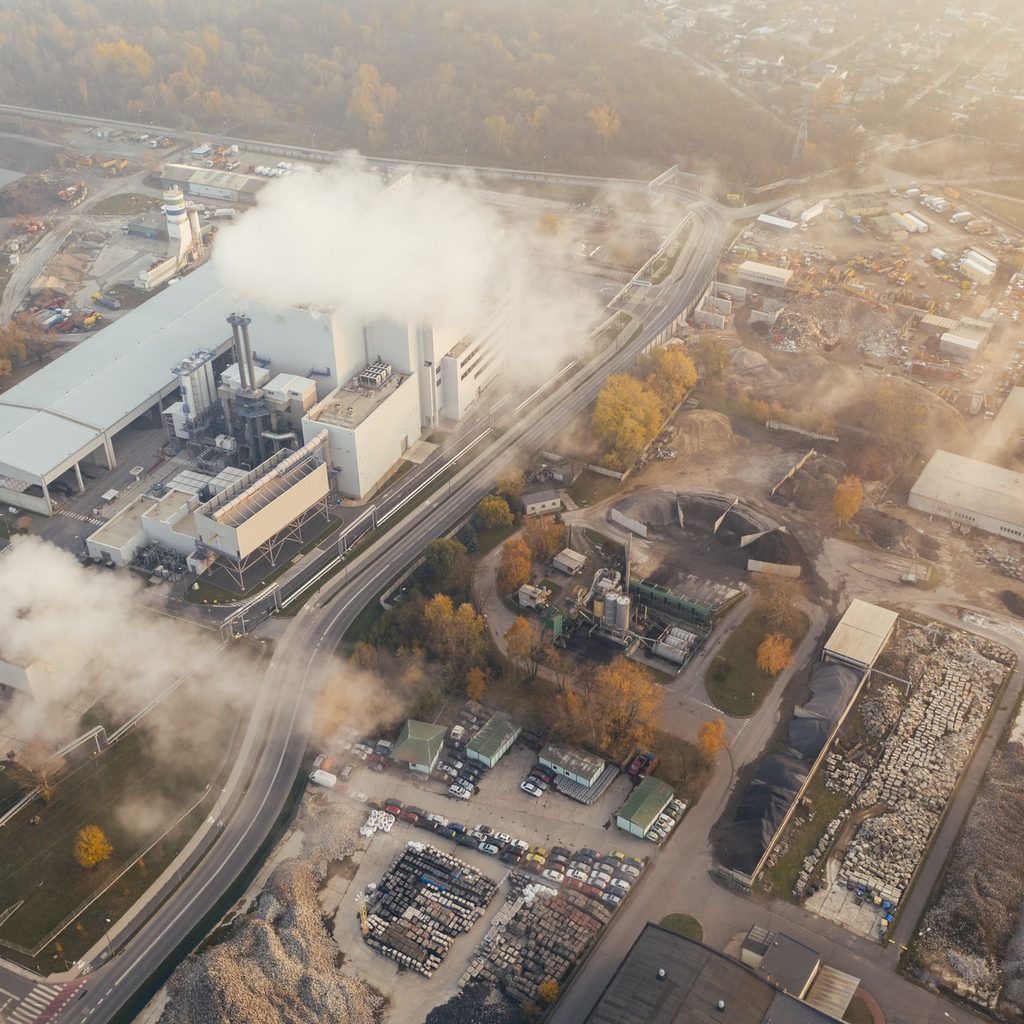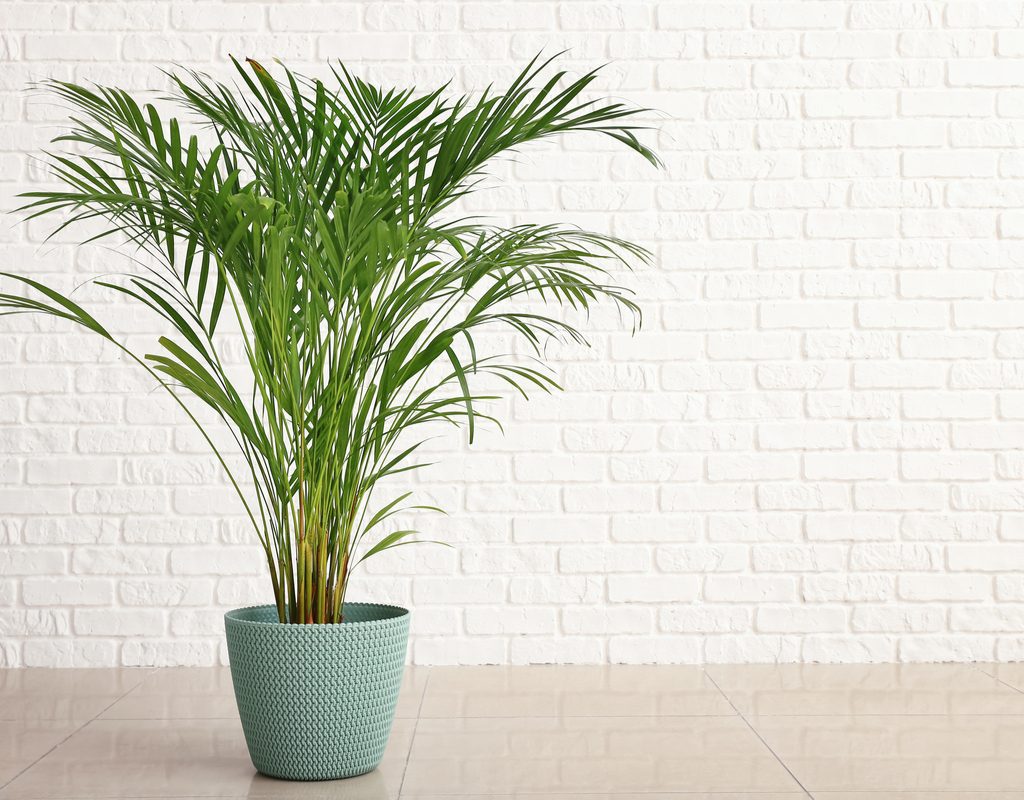
It doesn’t matter if you live in the city or out on a homestead; clean air in our homes is something we all want. While using air filters and opening up windows are great ways to keep your air fresh and clean, sometimes they just aren’t options. To get you started on cleaning up the air in your home, we’ll be talking about the plants you can use to improve the quality of your air and the aesthetics of your space. Keep reading to learn which plants absorb the most carbon dioxide.

Why find carbon dioxide-absorbing plants?
There isn’t anything you have to do to encourage a plant to absorb carbon dioxide and expel oxygen. It’s what it does naturally! That goes for all plants, from a giant ficus rubber tree to a modest cactus. Any plant that uses photosynthesis to create its energy will improve your air quality. You can also find plants that absorb other toxic things from the air. For example, a bamboo palm will reduce levels of formaldehyde in the air as well. So if you’re looking for a forest of air-cleaning plants, you’re sure to find it.

How to know if a plant absorbs carbon dioxide
Every plant that uses photosynthesis to create its energy will absorb carbon dioxide. There are very few plants that don’t use this method, and they aren’t the types of plants you’re going to find at a garden center or plant shop. So while some plants do this work more efficiently than others, you can rest assured knowing that any plant you pick up to decorate your home with will improve the air quality, even if it’s just a tiny amount.

The best plants that absorb carbon dioxide
If you’re looking to get the best air quality, we recommend going with bigger plants, such as trees. The bigger and more established a tree is, the more carbon dioxide it can store. So maybe consider a large rubber plant or lush ponytail palm tree that can grow indoors to optimize the amount of carbon dioxide-absorbing power. Below are some of the best plants you can buy for cleaner air.
Dracaena “Janet Craig”
The low-maintenance dracaena plant is ideal for keeping your air clean. Not only did it score high in NASA’s test for its carbon dioxide absorbing abilities, but it also scored high for cleaning out trichloroethylene, which is another harmful toxin for us humans. This plant can grow up to 15 feet in ideal conditions, is easy to care for, and suits almost any decor style. It can survive on a small amount of light, doesn’t mind drying out between waterings, and doesn’t have any special humidity needs.
Rubber plant
A rubber plant is pretty popular for plant collectors, and it comes in three color varieties, which makes it easy to mix and match for aesthetic purposes. It’s also easy to care for and only needs bright indirect light. It’s available in larger sizes, which, as we mentioned above, is ideal for absorbing maximum amounts of carbon dioxide.
Areca palm
Surprisingly, this plant was once almost extinct; now you can find it nearly all year round in any grocery store, garden center, or plant shop. Luckily for us, it cleans the air and also emits water vapor, so it’s an excellent choice if you have dry air. In addition to its good looks, it’s also easy to care for. Give it bright indirect light and a heavy watering after it dries out a bit, and this luxurious-looking plant will clean your air and bring a lovely aesthetic to your home.
Bamboo palm
Add a layer of elegant greenery to your home while also reducing carbon dioxide with the bamboo palm. This majestic tree is excellent at cleaning the air, and it also reduces levels of formaldehyde. It prefers partial sunlight during the day and loves heavy waterings once it dries out. Find a sunny corner for this plant in your home and you won’t be disappointed by its natural beauty or its air-cleaning effects.
Peace lily
The peace lily will add elegance to any space with its lovely white spathes. It can also be helpful for filtering out benzene, formaldehyde, trichloroethylene, and ammonia in the air, which makes it a powerhouse air filter, as well as a beautiful houseplant. It’s not a terribly difficult plant to maintain, but you want to pay attention to its leaves, which will droop or brown up if you don’t water the soil regularly. If possible, place your peace lily in an area that receives bright indirect light. It’s also a sound idea to give it plenty of humidity, either by placing it on a pebble tray with water or turning on a humidifier.
Any plant you find irresistibly beautiful will work to keep your air clean, but these are some of the best-known carbon dioxide-absorbing plants we think you’ll love. Remember that the bigger the plant, the better it will be at cleaning your air.


